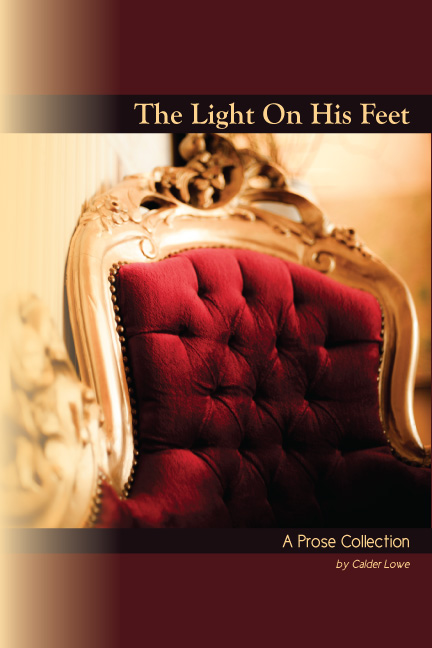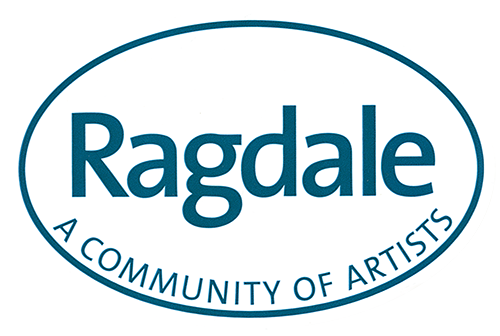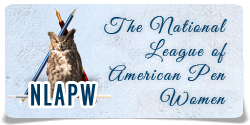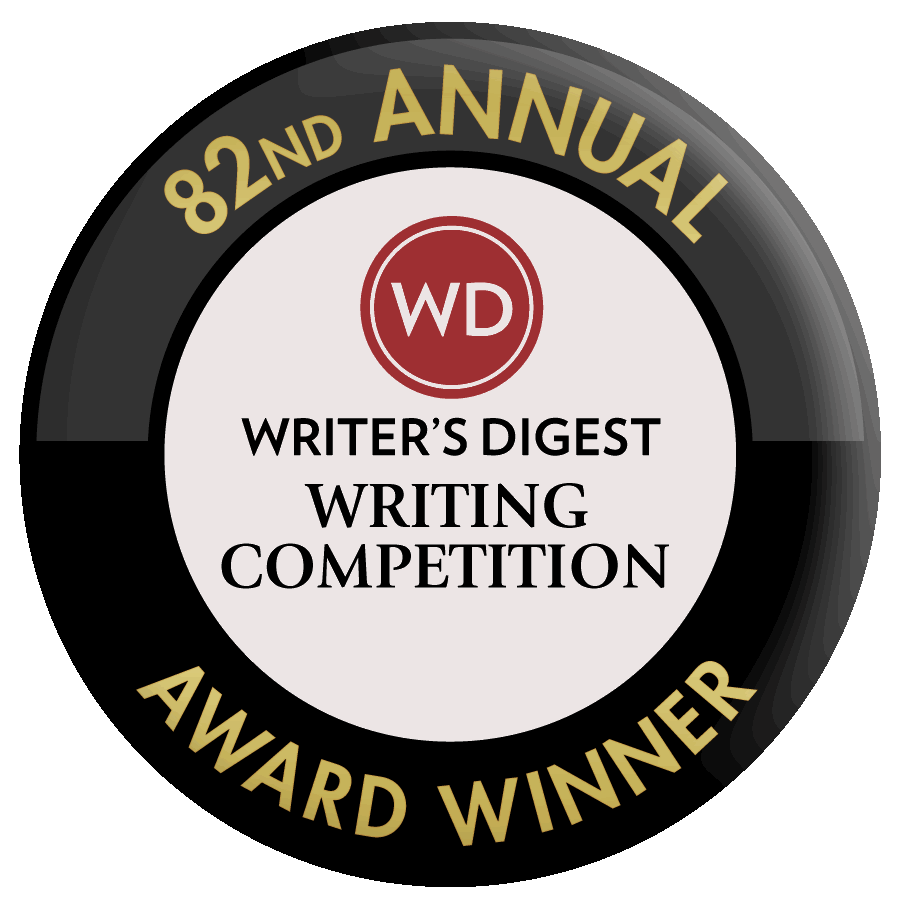Interviewed by Phil Johnson
Geoffrey Young is a poet, a book publisher, and the owner and director of an art gallery in Great Barrington, Massachusetts. And Geoff is a homeboy of mine, having grown up in San Diego, California, attending San Diego High School, as I did. (Strangely we didn’t meet each other until we were living in the Berkshires.) It is a special pleasure doing this interview with him.
Geoff graduated from the University of California at Santa Barbara with a BA and MA in English Literature and a minor in French. He completed all coursework for the PhD in Literature at University of New Mexico (no degree taken).
Geoff’s own published poetry includes these books—
Times of India, Cover and drawings by Alexander Gorlizki, Body Issues, 2012.
Yesterday, Cover and drawings by Kirsten Deirup, Dutch Hat, 2011.
The Teak Obsessions, Cover and drawings by Nichole Van Beek, Donna Lee, 2011.
Where Have You Been All My Life, Cover and drawings by Justin Valdes, Sessions, 2011.
Mike in Mind, Lingua Franca, 2010.
Snaps, Delirious Charter, 2010.
The Fall, Cover and drawings by Warren Isensee, Slip Knot, 2010.
Rim Rock, Cover and drawings by author, Nomenclature, 2010.
Not Twice Enough, Cover and drawings by author, Fountains of the Financial District, 2009.
The Specialist, Let’s Fall In Love, 2009.
The Riot Act, Bootstrap Press, 2008.
Of Gin and Tonic, Pitcher, 2008.
Exquisitude, Cover and drawings by Morgan Bulkeley, Afterlife, 2008.
Birthmarks, 24 Acrostics for Nicole Young, Disquietude, 2006.
Fickle Sonnets, Drawings by Donald Baechler, Fuck a Duck, 2005.
Lights Out, Drawings by James Siena, The Figures, 2003.
The Dump, Cease Upon the Midnight, 2001.
Skate for Lunch, Cease Upon the Midnight, 2000.
Cerulean Embankments, Drawings by Carroll Dunham, Living Batch Press, 1999.
Space Jam by Billy Higgins, The Figures, 1999.
After the Fact, Detour, 1998.
Admiral Fever, Drawings by Philip Knoll, Sailing After Lunch, 1997.
Rejection, Coauthored with Michael Gizzi, The Figures, 1997.
Pockets of Wheat, Drawings by James Siena, The Figures, 1996.
Rocks and Deals, The Figures, 1987.
Elegies, Washington Project for the Arts, 1985.
Subject to Fits, The Figures, 1980.
So Much Less You, Miam, 1978.
Relativity of Spring, Translations from the French of Vicente Huidobro (with Michael Palmer), Sand Dollar, 1976.
Mixed Doubles, with Artie Gold, The Figures, 1975.
In XX Arrondissements, Stooge, 1974.
Solid Object, Uanonali Press, 1972.
Geoff has published numerous essays, articles, and reviews on literature, art, and photography. His new book Plain Sight; Short Essays on Eight Painters has just been released by Sternum.
He has performed and read his work and made presentations in a variety of venues, including the Poetry Center at San Francisco State University, University of California Berkeley, Stanford University, Bard College, Rhode Island School of Design, the San Francisco Art Institute, the Washington Project for the Arts in DC, and the Zinc Bar, the Poetry Project, the Poetry Society of America, and the Ear Inn in New York City.
Geoff founded The Figures, a small press for poetry, in Berkeley, California in 1975. When he moved to the Berkshires in western Massachusetts in 1982, The Figures moved with him. The Figures was instrumental in the development of the language poetry movement; it is recognized as one of the premier small presses publishing avant-garde poetry in the United States. For a history of The Figures, go to— http://www.geoffreyyoung.com/thefigures/history.html
As a poet and a publisher, Geoff has received the following grants and awards—
Saul Rosen Foundation Publishing Grants, 1994, 1996,1998,1999, 2001, and 2003.
Hand Hollow Foundation Publishing Grant, 1998 and 1999.
Six unsolicited gifts from Fund for Poetry, New York City, 1987, 1989, 1991, 1992, 1995, and 1998.
Six National Endowment for the Arts small press grants: The Figures, l976-1993.
Fulbright Teaching Fellowship (France), 1972-1973.
National Endowment for the Arts Poetry Fellowships, 1970 and 1978.
Phil Johnson:
When did you first become aware of poetry?
Geoffrey Young:
Getting a sense of rhyme as a facet of words probably began with my parents reading my brothers and me the Dr. Seuss books before we were old enough to read them for ourselves. For example—
“If I ran the zoo, said young Gerald McGrew
I’d make a few changes, that’s just what I’d do.”
Charmed by Ted Geisel’s great drawings as well, we nearly memorized each book.
Poetry as “poetry,” though? Eighth grade, if my memory serves, when we read Longfellow’s “Evangeline.”
It begins auspiciously, “This is the forest primeval,” then I don’t remember what happens, nor do I remember liking it, particularly. I do remember knowing it was poetry, back in 1956. No doubt I was more interested that year in the fact that Mickey Mantle was about to win the Triple Crown.
Johnson:
When did you start writing poems?
Young:
I wrote a few prose things for high-school English that were singled out, and read aloud by the teacher. The one I remember was about the sounds people make when they’re beginning to wake up and get with it in the pre-dawn dark. These perceptions occurred as I delivered the San Diego Union newspaper to a hundred homes each morning. I was fifteen.
Accurate accounts of experience have interested me ever since, because that’s what I wrote about—the thing I was doing. The sound of alarm clocks, lights being turned on, water running, bodies shambling: it all took place in the dark, between houses, in the context of my first job. No, I wasn’t a peeping tom, but it was a little creepy, passing under the windows of people’s bedrooms, delivering papers to apartments in back.
I didn’t write any poetry until I was a kid at college, and very little at that. The pivotal year for me was 1964-1965, when as a 20-year-old I studied French in Aix-en-Provence for four months, then traveled around the Mediterranean for the next six. Spain, Tangier, Florence, Rome, Corfu, Athens, Istanbul, then I hitched up to Copenhagen to hear Dexter Gordon at the Café Montmartre. I kept a journal the whole time. Writing became a daily thing to do. Scribbling onto the paper pages of a journal became a useful way of living with myself, of storing experience.
Johnson:
Who are the poets who have had the biggest impact on you? Early reading. And over the long haul.
Young: Of the poets I read in college, I’d say Gary Snyder, Philip Whalen, and Frank O’Hara have stayed with me the longest. We never missed memorizing the new Bob Dylan albums in the sixties, and I continue to love his work. The lean prose of Hemingway and the excitable prose of Henry Miller worked their magic back then, and still do, when I pick them up. I remember reading LeRoi Jones’ The Dead Lecturer on the beach at Marine Street in La Jolla. I bought a copy of Ted Berrigan’s The Sonnets in Paris in 1973, and Ted’s breakthrough book had a big impact on me at the time.
A bit later, while in Berkeley with my then-wife Laura and our two small sons, I discovered James Schuyler. And by the late 1970s, lots more of Clark Coolidge, whose book of prose, Mine: The One That Enters the Stories, I published in the summer of 1981.
We were reading everything in sight, steadily, always. I published Rae Armantrout’s first book, Extremities, in 1978, among many other books by Bob Perelman, Kit Robinson, Lyn Hejinian, and Stephen Rodefer.
Johnson:
You grew up in San Diego and went to college in Santa Barbara. What led you to the Bay Area?
Young:
All routes are circuitous, especially when one is young, and especially in the context of the then pervasive anti-Vietnam war sentiment. I was prepared to leave the country if I had to, but then the lottery system came into being for a short spell, then “conscription” was scrapped altogether in favor of a volunteer army.
Laura and I returned from Paris where I had a Fulbright for the year 1972-1973, and we finally settled in Berkeley, primarily because the Bay Area was receptive to poetry, and because we had friends like Jack and Vicki Shoemaker living there, or poets we’d met in Albuquerque during our three years there (1969-1972), like Rodefer, Summer Brenner, and Gloria Frym, all of whom had recently moved to the Bay Area.
Johnson:
On your web site (www.geoffreyyoung.com) you have a well-documented history of how you became a book publisher, starting your small press The Figures in Berkeley. Talk a little about how that came about.
Young:
About the time we arrived in Berkeley, late 1974, Don Cushman was founding the West Coast Print Center, and Jack Shoemaker suggested I look for work there. It appealed to me, since Laura and I were editing Stooge, a literary magazine. I was Don’s first hire. In the context of this new center for book arts, Laura and I published the last issue of Stooge (Number 13) then decided to drop the magazine, and the endless reading of unsolicited manuscripts, and do books only, usually by invitation.
For our press name we chose The Figures, pulling the two words from the line “who obeys the figures of the present dance,” from the opening stanza of Charles Olson’s Maximus poems. And with the West Coast Print Center set up to do typesetting and printing, we launched the press. We were not alone. Presses were proliferating, and the Print Center became a hub of publishing, editing, and design activity.
Johnson:
What was the poetry community like in Berkeley and San Francisco in the 1970s?
Young:
The scene was frankly ambitious. You put a generation of hungry, driven, well-informed, well-educated 28- to 35-year-olds who love poetry in the same geographical hothouse, you’re going to see some fireworks. Aware of the Beats, the New York School, Black Mountain, Russian Constructivism, and Surrealist predecessors, this generation worked hard to create a poetics of its own. Theory was territory to be defined and defended. There were arguments, of course—clarifications, influences, talks, readings, camaraderie, publication parties, love affairs–the whole nine.
Johnson:
What led you to language poetry?
Young:
It wasn’t called “language poetry” yet, when presses like This, Tuumba, and The Figures first started publishing some of the writers who later got identified by it. I was always looking for work that was a challenge to read, but work that hadn’t abandoned lyric impulses altogether. The sentence was god. Word choice was critical. A balance between the legible and the illegible seemed like a good place to be, since something extra and unpredictable might sneak through, despite “authorial control.” Ron Silliman told me that about half the sentences in his 200-page book, Tjanting, were found (or altered slightly from found sources), and that the other half were directly perceived and notated from lived experience, among many other aspects of recycling/repetition and “presentational immediacy” (to use a phrase of Rexroth’s), that sustained that act of “language” writing.
Johnson:
How does music, especially jazz, inform your use of language?
Young:
How you hear words is connected to how you hear everything else, it seems. Examples of writers whose sound you like supply models from throughout literary history. Lyre birds we’re not, of course, with their endless capacity to mimic sound, but we were all seeking influences back then, submitting to powerful reading experiences, inclined toward experimental structurings.
When Shakespeare concludes a sonnet with ten monosyllabic words (“Who art as black as hell, as dark as night,” or “To love that well which thou must leave ere long,”) I nearly die! He had the ear and sense to exploit short, punchy words that derived from the Anglo-Saxon when he needed to (for emphasis, and for their staccato music), even if in other contexts he could goo-up the works brilliantly with phrases like “multitudinous seas incarnadine,” from the Latinate.
Poets are aware of their syllables. Jazz is all beauty and risk, emotion and mood, and besides being vastly entertaining—the body is directly affected by great rhythm sections!—a rare achievement when done superbly. I don’t know if it has influenced my writing, but it has wowed me since the mid-to-late 1950s when my father brought home records by Miles, Horace Silver, Frank Sinatra, June Christy and Brubeck’s great quartet. On our old turntable, the duets of Ella and Louis played endlessly, doing the great American songbook (Gershwin, Irving Berlin, Jerome Kern, Cole Porter), as well.
I can still barely see myself, at home in San Diego, as a teenage boy, sitting on a chair covered in orange Naugahyde, listening to Paul Desmond on Brubeck’s Brandenburg Gate. Jazz created space inside the mind—it dovetailed with or unearthed emotions that were often painful. One felt more alone, listening to it, and yet more alive. Alienation and self-consciousness—growth spasms in the young mind?
Additionally, to be at a school dance and hear the opening bars of “Johnny B. Goode” or “What’d I Say” was pure ecstasy. We hit the floor, pronto!
Johnson:
How do you see the interrelationship between poetry and art? Your attraction to and involvement in visual art and poetry. How do they play with each other?
Young:
We live in a visual culture so stimulating it would be tragic to miss out on what makes it special. Great art always feeds the soul, entertains the mind, delights the imagination. Beauty was made for us! So I’ve found a way to earn a living in the context of contemporary art, but I’m not sure that this fact much affects my writing, which almost never derives from visual sources. I sometimes wonder why I don’t “exploit” my familiarity with art.
Johnson:
You have collaborated with visual artists in many of your poetry books, you’ve written catalog essays and art reviews. And every time I see you it seems like you’re bouncing down to check out the art scene in New York City with your gallery in mind.
Young:
Yes. There’s no doubt that I am associated with, feel a natural rapport with our brethren of the brush. I do love the art world, the art works, and the artists, often.
Johnson:
Pick a poem of yours that you would like to include with this interview.
Young:
In November 2011, I was in India for three weeks, and while there—in Goa, Udaipur, and Varanasi—I wrote a lot. I was alone, not feeling all that great, had a notebook and some books, and most days the Times of India (a local paper) was delivered to my room, so I scribbled away. Here is a poem from my week in Varanasi.
SEEKER GENE
While my seeker gene is missing in action
As if surgically removed
A few lifetimes back
(When a hole is filled, where does it go?)
India’s bearded old buggers with kind eyes
Walk timeless roads
Wrapped in saffron-colored cloth
One hand on walking-sticks wrapped the same color
Only to sit by day on a ghat in sunlight
And meditate or snooze or just watch
Ganga flow and the betel-teethed boatmen row
As if they have nothing better to do
Than seek enlightenment in this single-syllable
Skit of a holy city




